16 Open-source Free Web Live-Streaming Solutions
Are You Truly Ready to Put Your Mobile or Web App to the Test?
Don`t just assume your app works—ensure it`s flawless, secure, and user-friendly with expert testing. 🚀
Why Third-Party Testing is Essential for Your Application and Website?We are ready to test, evaluate and report your app, ERP system, or customer/ patients workflow
With a detailed report about all findings
Contact us nowTable of Content
What is a Live Streaming Media Server?
A self-hosted live streaming media server refers to a software application or platform that allows users to host and stream live video content on their own infrastructure or server. Unlike relying on third-party streaming services, a self-hosted solution gives users full control over their streaming platform and data.
With a self-hosted live streaming media server, users can set up and configure their own streaming environment, including encoding, transcoding, and delivering live video content to viewers. This type of server enables individuals or organizations to stream events, webinars, conferences, or any other live content directly to their audience without relying on external platforms.
Self-hosted servers often provide features such as low-latency streaming, adaptive bitrate streaming, and support for various streaming protocols like RTMP, WebRTC, and HLS. They may also offer customization options, allowing users to tailor the streaming experience to their specific needs and branding.
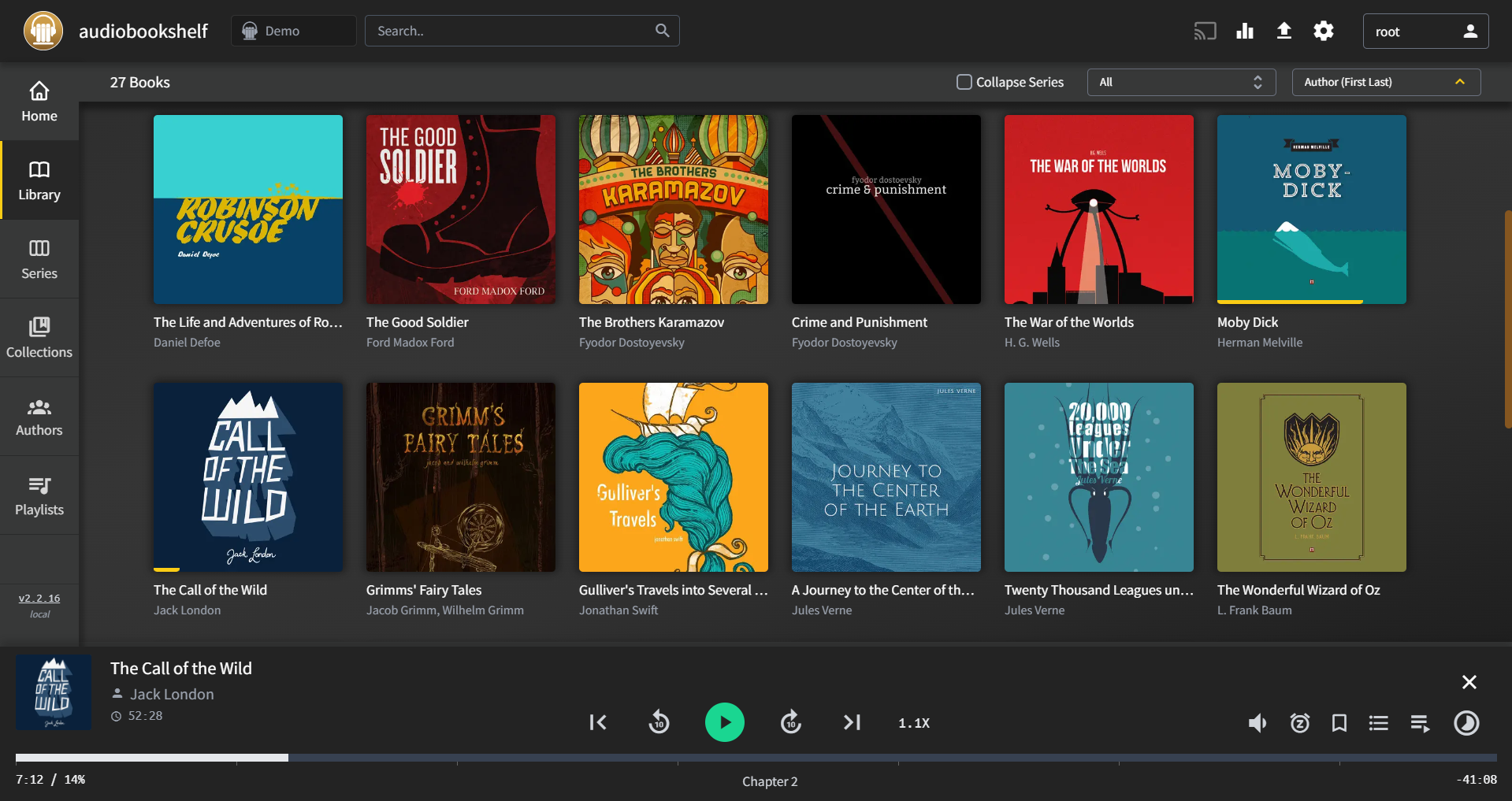
By choosing a self-hosted live streaming media server, users can have more control over their content, data privacy, and the overall streaming experience. However, it's important to note that setting up and managing a self-hosted server may require technical knowledge and resources compared to using a hosted or cloud-based streaming service.
In this post, we explore a comprehensive list of open-source, free, and web-based live-streaming solutions.
Whether you're a content creator looking for a reliable platform or an organization in need of a flexible live-streaming solution, this blog post has got you covered. We delve into each solution, highlighting their features, benefits, and ease of use.
If you're seeking a cost-effective way to livestream your events, webinars, conferences, or any other content, while maintaining control over your streaming environment, this blog post is a must-read.
Join us as we unveil the top 16 open-source solutions that empower you to stream live video content directly to your audience without relying on external platforms.
Stay tuned for more valuable content on our blog!
1. Ant Media Server
Ant Media Server is an open-source media server that provides live streaming and video-on-demand capabilities.
Key Features
Its primary features include:
- Live streaming: Ant Media Server supports various streaming protocols such as RTMP, WebRTC, and HLS, allowing users to easily stream live video content.
- Video-on-demand: Users can upload and manage video files, making them available for on-demand playback.
- Scalability: Ant Media Server is designed to handle high traffic and can be scaled horizontally to accommodate large audiences.
- Low latency: The server offers low latency streaming, making it suitable for real-time applications such as video conferencing and live auctions.
- Adaptive streaming: It supports adaptive bitrate streaming, automatically adjusting the video quality based on the viewer's internet connection.
Pros
- Open-source and free to use.
- Provides a wide range of streaming protocols.
- Scalable and capable of handling high traffic.
- Offers low latency streaming for real-time applications.
- Supports adaptive streaming for a better viewing experience.
Cons
- Requires technical knowledge to set up and configure.
- Documentation and community support may be limited compared to commercial solutions.

2. Owncast
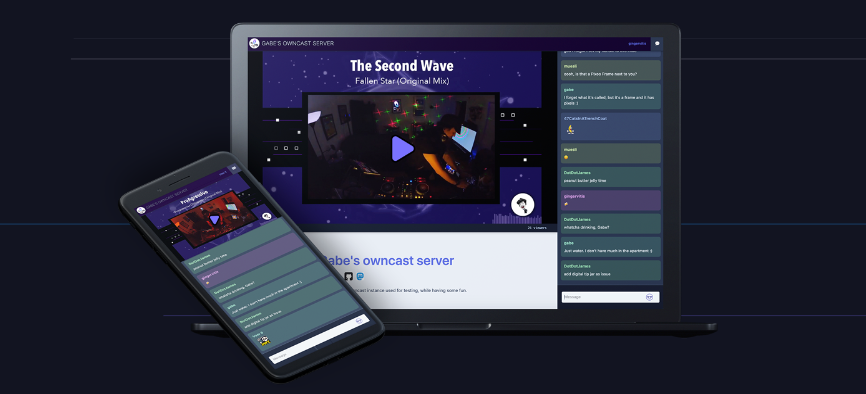
Owncast is a free self-hosted live video streaming server that allows users to easily broadcast and share live video content. It is an open-source project that provides features such as low-latency streaming, adaptive bitrate streaming, and chat integration.
Owncast gives users full control over their live streaming platform and allows them to customize the streaming experience to their preferences.
License
Distributed under the MIT License.
3. OBS Studio

OBS Studio is a popular open-source live streaming solution that offers a wide range of features for content creators.
Pros of OBS Studio:
- Open-source and free to use.
- Highly customizable with various plugins and themes available.
- Supports multiple platforms including Windows, macOS, and Linux.
- Offers a user-friendly interface with intuitive controls.
- Provides advanced features like scene composition, audio mixing, and video encoding settings.
Cons of OBS Studio:
- Requires some technical knowledge for initial setup and configuration.
- Limited built-in support for live chat integration.
- May require additional hardware resources for optimal performance.
- Updates and new features are dependent on community contributions.
4. SRS
SRS (Simple Real-time Server) is a versatile open-source media server that supports various protocols for live streaming and video-on-demand capabilities. It offers features such as high performance, native HTTP server for API and live streaming, DVR functionality, security strategies, scalability, and support for multiple processes.
SRS also provides support for adaptive bitrate streaming, low latency, and advanced features like Edge Cluster and Origin server for live streaming.
However, it may require technical knowledge for setup and configuration, and documentation and community support may be limited compared to commercial solutions.
Features
- Support for multiple streaming protocols including RTMP, WebRTC, HLS, HTTP-FLV, SRT, MPEG-DASH, and GB28181
- High performance with coroutine state-threads
- Native HTTP server for API and HTTP live streaming
- DVR functionality to record live streaming to FLV file
- Security strategies including allow/deny publish/play IP and CIDR support
- Scalability with support for multiple processes and Docker
- Traceable and session-based log for monitoring and debugging
- Support for various codecs including H.265 and AV1
- Live streaming features such as Edge Cluster, Origin server, and HLS support
- WebRTC support for playing and publishing streams, with features like muxing, transcoding, and Unity integration
- Other features like ingesting other protocols, forwarding to other RTMP servers, and transcoding with FFMPEG
5. Streama
Streama is a self-hosted media streaming application that allows users to organize and watch their personal collection of TV shows and movies.
It offers features such as user management, media library organization, and playback controls. Streama provides a user-friendly interface for users to access their media content and stream it on various devices.
Being open-source, users have the flexibility to customize and configure Streama to suit their preferences and requirements.
6- Restreamer
Restreamer is an open-source project that provides video streaming and restreaming functionalities. It allows users to capture and stream live video content from various sources, such as webcams or IP cameras, and restream them to different platforms and devices.
Restreamer supports protocols like RTMP and HLS, making it compatible with popular streaming platforms and players. With its user-friendly interface and customizable settings, Restreamer offers a flexible solution for live streaming needs.

7. Vidgear
VidGear is a high-performance video processing Python library that simplifies complex video processing tasks by providing an easy-to-use, extensible API framework.
It utilizes specialized libraries like OpenCV, FFmpeg, and more, allowing programmers to integrate and perform video processing tasks with just a few lines of code.
8. Ezyfox Server
EzyFox Server is an open-source Java-based network engine for game development. It provides a server-side framework and networking solutions to build multiplayer games and applications.
EzyFox Server offers features like real-time messaging, client-server communication, and support for various protocols. It is designed to be scalable and customizable, allowing developers to create robust and efficient game servers.
Features
- Core Container & Dependency Injection: Includes bean manipulation, auto-binding, auto-implementation, and more.
- Multiple Communication Protocols: Supports TCP, UDP, WebSocket, and HTTP.
- Traffic Encryption: Allows for traffic between clients and servers to be encrypted using SSL.
- Multiple Client SDKs: Includes Android, iOS, Unity, React, C++, Flutter, and more.
- REST API
How does it work?
- An EzyFox server contains multiple zones.
- A zone contains its user manager, multiple apps and multiple plugins.
- An app contains its user manager.
- A plugin only handles events and clients' requests.
9. NodeTube
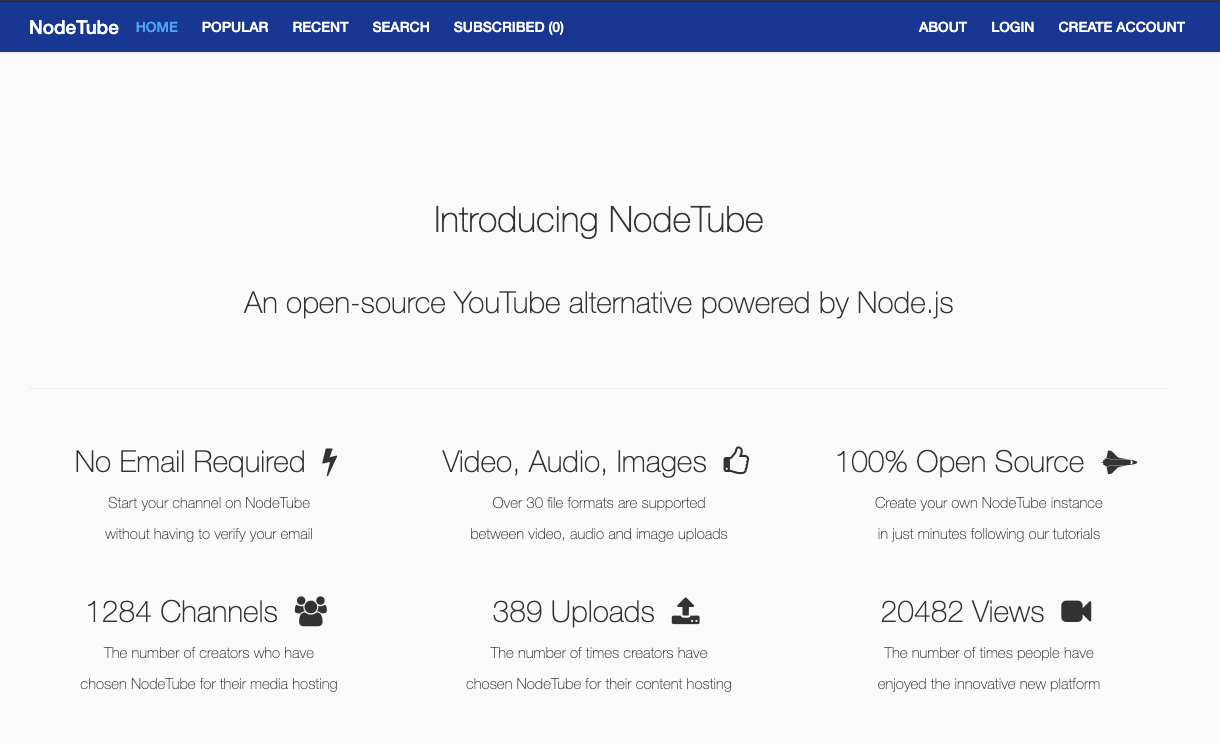
NodeTube is an open-source alternative to YouTube that provides features such as video, audio, and image uploads, live streaming, and built-in monetization.
10. Overpass
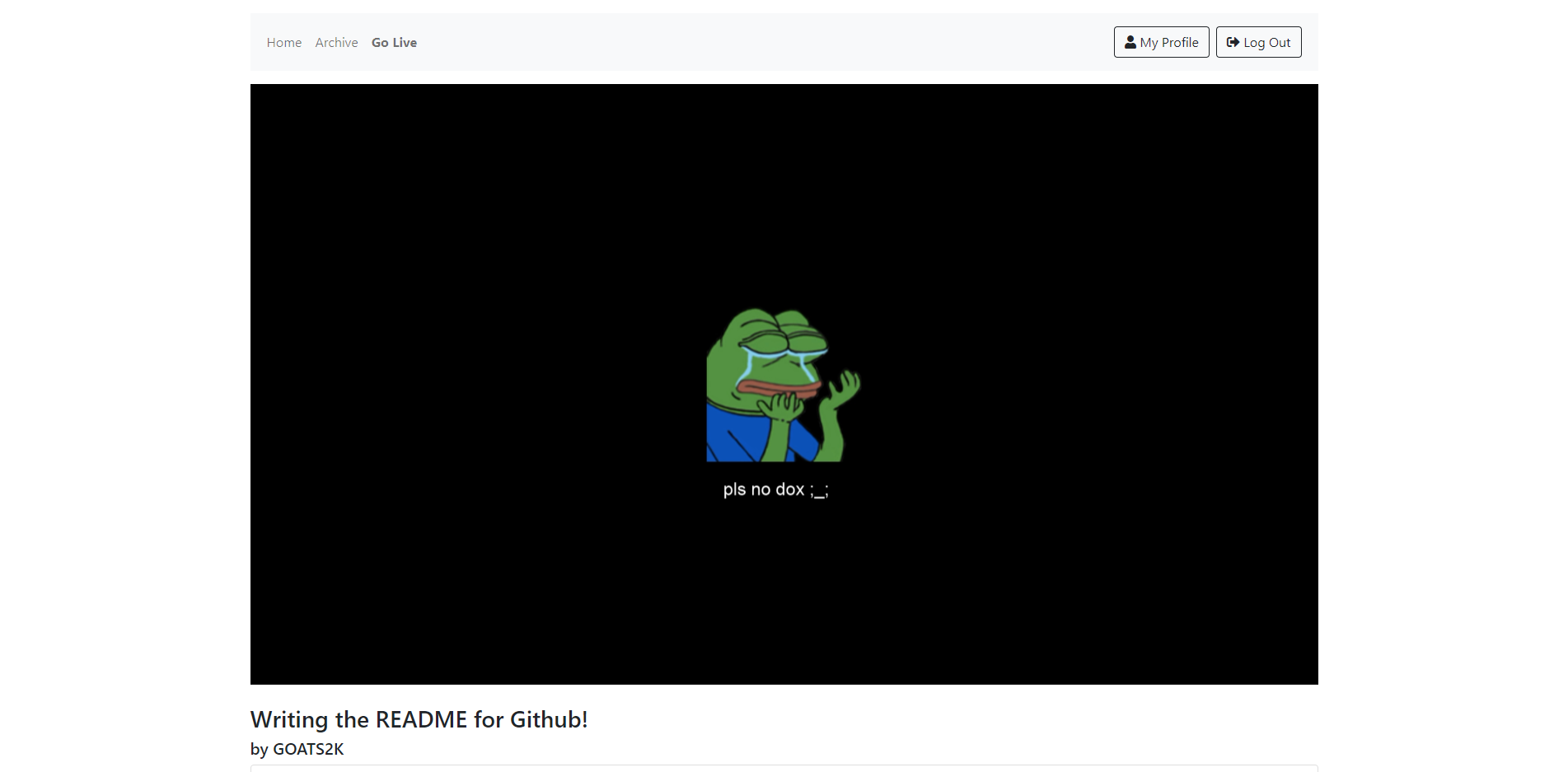
Overpass is a live streaming server that offers features like Discord authentication, web browser playback, and stream archiving.
It also allows running a private instance for users on a single Discord server by adding the server ID to the configuration file. It is written using Python and can be installed using Docker.
11. PeerTube
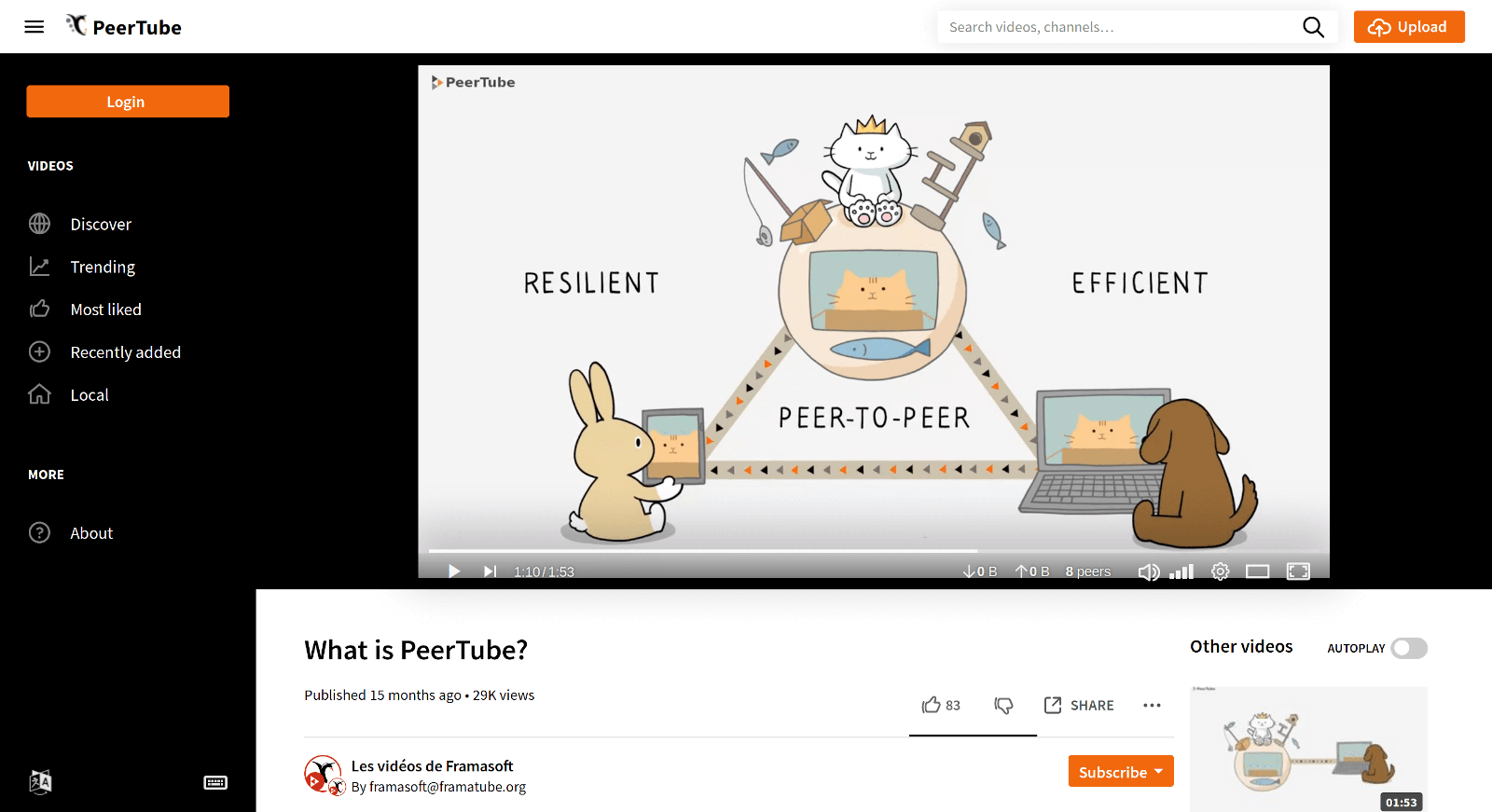
PeerTube is an open-source decentralized video hosting platform that provides users with the ability to create their own video hosting websites. It offers a self-hosted alternative to centralized platforms like YouTube, utilizing peer-to-peer technology and federation to distribute video content across multiple instances.
This decentralized approach promotes freedom of speech, privacy, and community-driven moderation, giving users full control over their data and a customizable video hosting experience.
12. MistServer
MistServer is a streaming media server that is designed to perform well in any streaming environment. It provides the necessary infrastructure for streaming video and audio content over the internet. MistServer is known for its versatility and compatibility with various streaming environments.
It offers features and capabilities that enable smooth and efficient streaming, making it a reliable choice for content providers and broadcasters.
With its open-source nature, MistServer allows users to customize and optimize their streaming setup according to their specific requirements. It is written in C++ and is licensed under the AGPL-3.0.

13. Icecast 2
Icecast 2 is a streaming audio/video server that allows users to create an Internet radio station or a privately running jukebox.
It supports streaming audio and video content over the internet and provides a platform for broadcasting and distributing media.
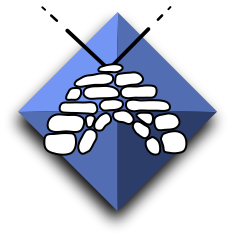

13. Dim
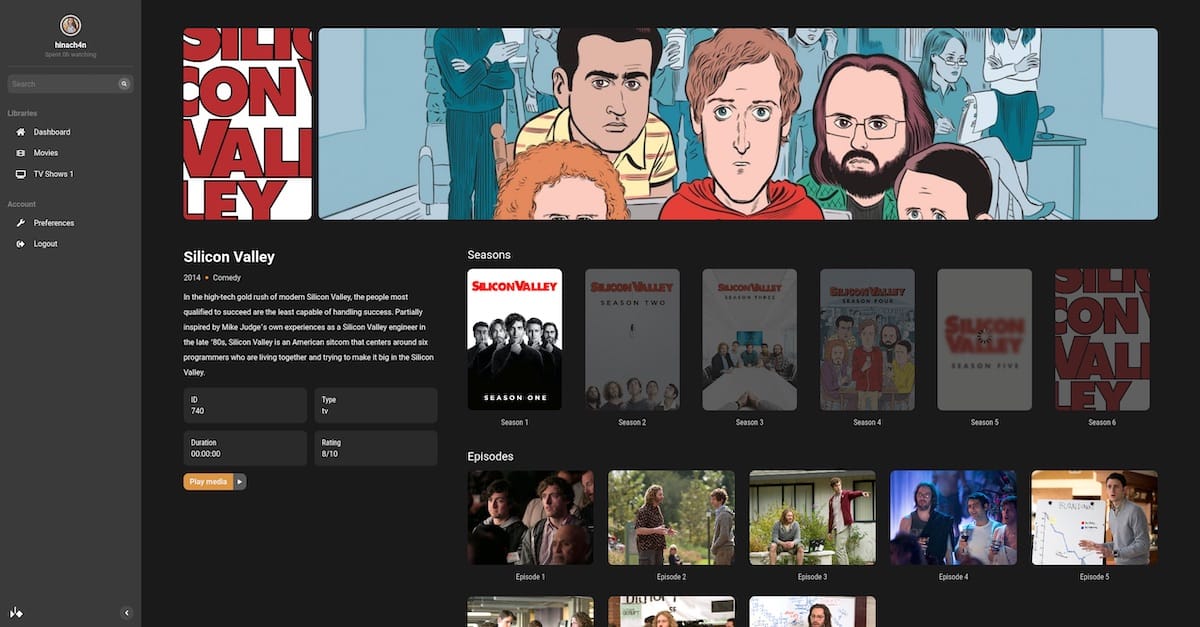
Dim is a self-hosted media manager. With minimal setup, Dim will organize and beautify your media collections, letting you access and play them anytime from anywhere.
14. NymphCast
NymphCast is an open source software solution which turns your choice of Linux-capable hardware into an audio and video source for a television or (powered speakers).
It enables the streaming of audio and video over the network from a wide range of client devices, as well as the streaming of internet media to a NymphCast server, all controlled by a client device or using an on-screen GUI.

15. ReadyMedia
ReadyMedia - Simple media server software, with the aim of being fully compliant with DLNA/UPnP-AV clients. Formerly known as MiniDLNA. (Source Code) GPL-2.0 C
16. ReadyMedia
ReadyMedia - ReadyMedia is a user-friendly media server software that is designed to be fully compatible with DLNA/UPnP-AV clients. It was previously known as MiniDLNA.
You can access the source code of ReadyMedia on this link. ReadyMedia is licensed under GPL-2.0 and is implemented in the C programming language.
17. üWave
üWave ⚠ is a free self-hosted platform that allows users to collaborate and listen to various types of media, such as songs, talks, gameplay videos, and more.
It supports multiple media sources like YouTube and SoundCloud. You can check out the demo or explore the source code on GitHub. The platform is built using Node.js and is released under the MIT license.
Old
















